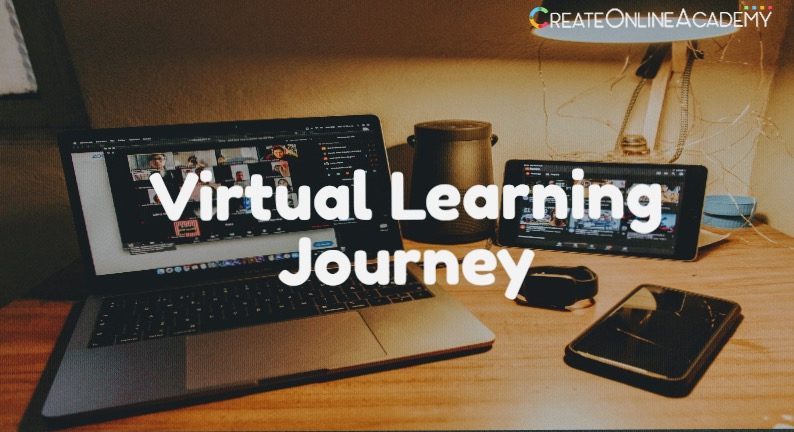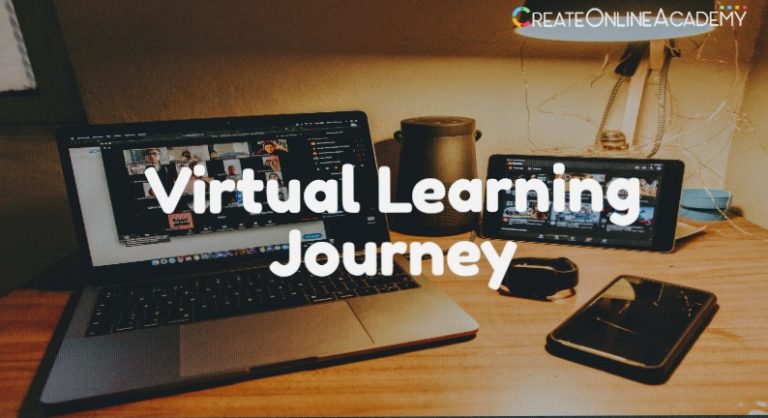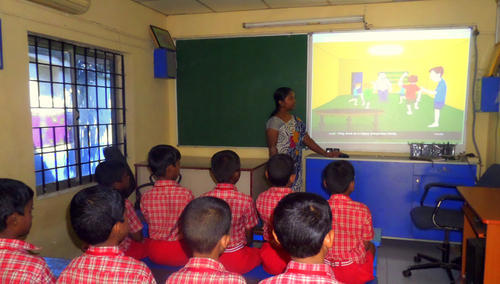E-Learning in India: Sustainable or Not?
Brief Summary: This article discusses the prospects of online education in India. It explains the challenges that lie in making it a sustainable solution in the country.
Introduction
The Covid-19 pandemic has affected students largely. As educational institutions were shut for months, education had to shift online. According to a UNESCO statistic, 1.26 billion children internationally have been affected by school closures.
But the pandemic was provided an opportunity to test the waters for digital education. According to a report of the World Economic Forum, there has been a rise in the use of language apps, video conferencing software and online learning programs in the last three months.
India has also experienced a surge in digital education. The classroom has shifted to Zoom, Skype and Whatsapp. Students and teachers have adapted to this new method of education.
But the fact remains that this sudden shift to digital education has not been free of hiccups. And it can still not be a complete substitute for the classroom experience. Let us see why.
More Screen Time
Technology has no doubt made our lives easy. But it has also led to new problems, especially for children. Most children’s lives revolve around their gadgets. They already prefer screens to a park, video games to a game of gully cricket.
Going to school was the one part of their life which was mostly gadget-free. It kept a check on their screen time. But now with education going digital, children are tied to their screens more than ever. And there is no way to put a cap on it, because that would mean putting a limit on their learning.
Understandably, many Indian parents are not happy with this development.
Lack of Proper Environment
A home can never be a proper replacement for the classroom environment. Most Indian children do not have a room to themselves and have to share study desks with their siblings. If both children have classes at the same time, it is nearly impossible to provide an ideal environment for both of them at one time.
Moreover, almost no home in India can afford to have the ‘pin-drop silence’ that teachers demand in classrooms. There are bound to be distractions, and it is difficult especially for younger students to overcome these.
Problem for Teachers
A large part of teaching is face-to-face interaction with students. It is easier for a teacher to ensure student engagement in a classroom. If a child appears distracted, a teacher can rectify the situation in a matter of minutes.
Online classes do not offer the same opportunity. It is nearly impossible to keep track of student involvement when all teachers can see are thumb-sized images. Teachers cannot gauge the body language of a student. Thus online teaching loses effectiveness.
The Parents’ Dilemma
Digital education has some disadvantages for parents as well. In modern society, most households have both parents working. For them, sending their child to school ensures that he is taken care of in a safe, secure environment.
But when the children are attending school from home, they need to be supervised during that time. Young children especially cannot be left alone at home for extended periods. This means that one or both parents have to miss work, so that they can attend to the child. Even if the parents are working from home, having to attend to the needs of a child can affect their own work.
Examination Integrity
Sitting for an examination in an invigilated classroom has it’s reasons. It ensures that students don’t cheat, leading to correct assessment of their growth.
This process becomes impossible in the digital arena. It is next to impossible to ensure that a student is not getting outside help while sitting for an exam. This is even more crucial for large-scale, high stakes examinations that are held for Classes 10 and 12.
Not all schools can afford digital proctoring and at any rate, the Indian education system is not that advanced yet.
The Underprivileged are Losing Out
Digital education is more than a nightmare for the underprivileged. A vast majority of the Indian poor class has no access to the internet, which means they have no access to online learning. This might in turn lead more of them to opt out of education altogether, which will bring down the literacy rate of the country.
Conclusion
There are some rays of light, however. The government has announced various schemes to make digital education widely accessible. Many NGOs are also working to make online learning affordable for all. It is a long uphill climb, but it is not impossible.










